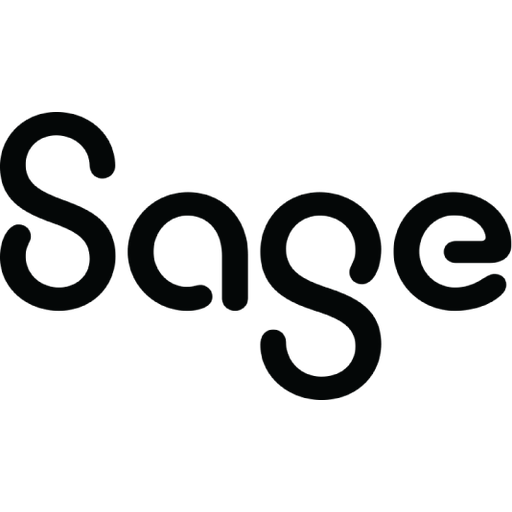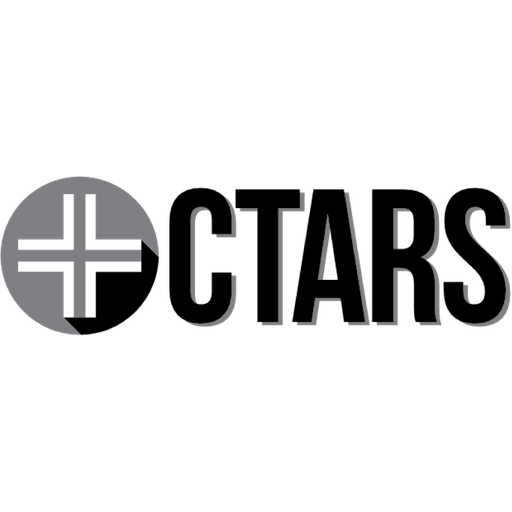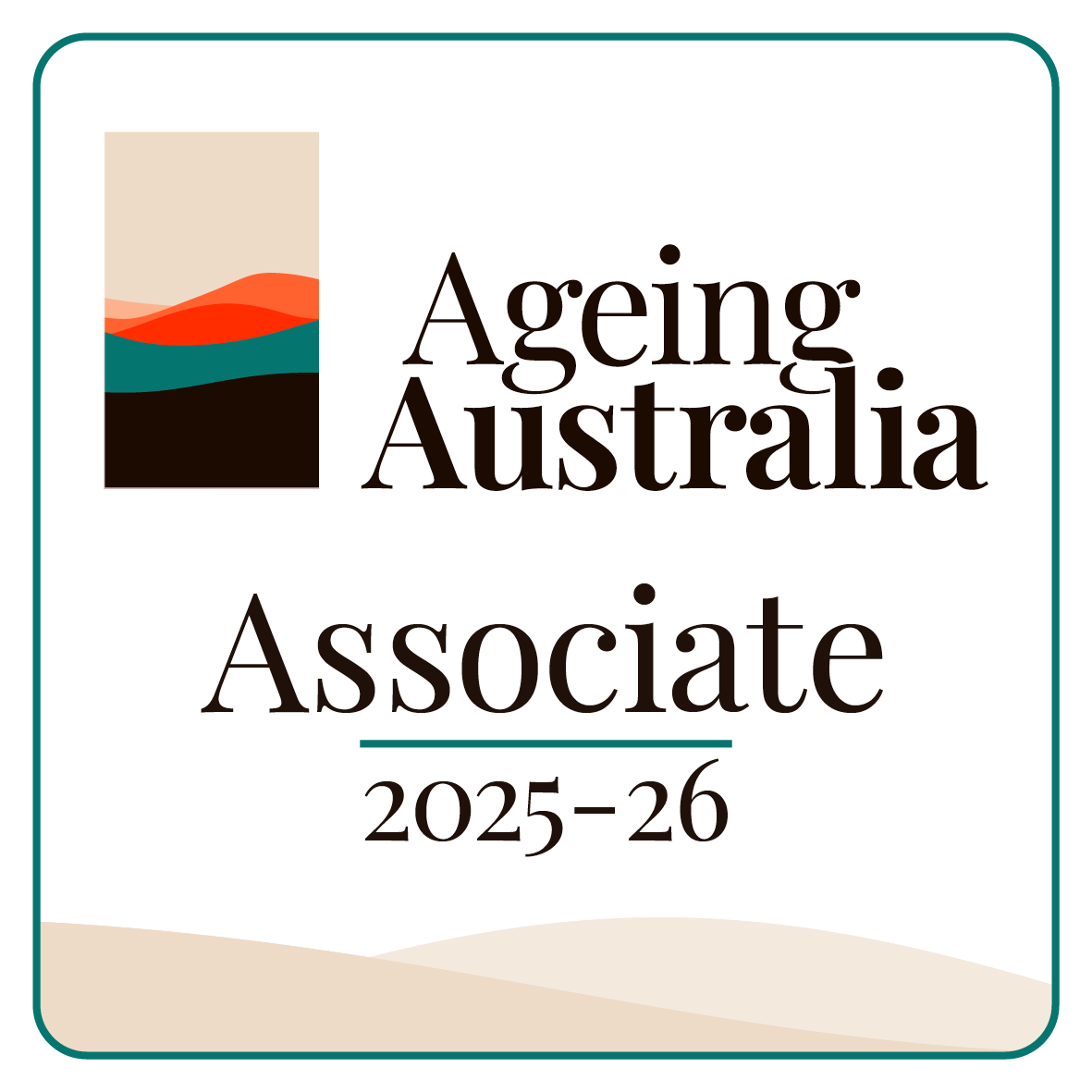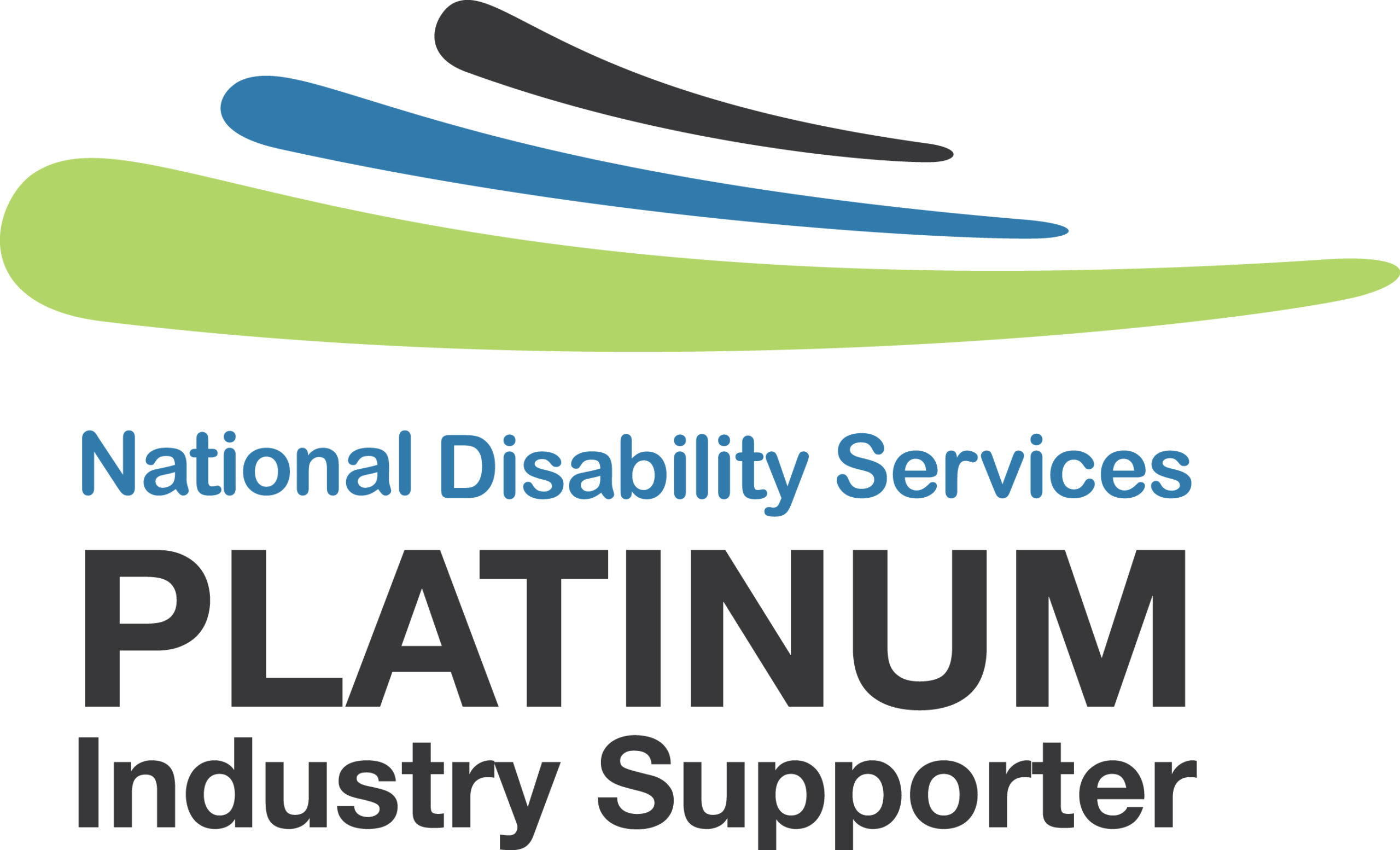The NDIA has been introducing big, sweeping changes to the scheme in recent months, but perhaps the biggest change – at least for claiming – is periodic funding.
Periodic funding refers to the new NDIS Act’s section 33, a clause that allows the agency to release a participant’s funding in periods. Previously, a participant would receive funding in their NDIS Plan and could spend it all in one go, if they so wished.
Intended to stop a participant from exhausting their funds before their Plan expires, periodic funding means that you – as a provider – need to be acutely aware of how much funding a participant has. Simply put: does a participant have enough funds within a period for you to deliver services and claim for said services? Plan utilisation is key.
With such a change, we’re going to explore some of the terminology that we’re seeing with the introduction of periodic funding and how you can ensure you’ll be paid for services delivered.
Periodic funding
Periodic funding is being gradually introduced. This means that current NDIS Plans won’t immediately change, with funding accessible across the life of the plan. Instead, periodic funding will be used in new plans built from 19 May 2025 onwards – so for new NDIS participants and for those who have just had a plan reassessment.
For these new plans, a participant will have a total funding amount, which is exactly what is says on the tin: the total amount of funding across the life of the plan. However, a plan will now also have funding components, which groups the funding into specific types of support, such as core flexible, support coordination, or improved daily living skills.
These new plans will then break these funding components down further, providing funding periods that dictate how much funding can be used from a funding component in a particular period of time.
For example, a participant might have $200,000 worth of Core Flexible supports, but the funding period will mean that they can only use $50,000 within a three-month window, before another $50,000 is made available in the next three-month window.
Interestingly, unspent funds can roll into the next funding period (however, not the next NDIS Plan). Funds cannot be drawn forward from the next funding period.
Most funding periods are three months, except for Supported Independent Living, Plan Management, Specialist Disability Accommodation (SDA), and Assisted with Daily Living over $200,000 a year, all of which are one-month funding periods.
Okay, that makes sense. But how can you know if you’re delivering services at a rate that’s under or over utilising a participant’s plan?
Plan utilisation
At quickclaim, we’re big believers in plan utilisation, ensuring a participant’s plan is being used at the right pace. By this, we mean a participants isn’t spending their funds too quickly (exhausting their funds) or too slowly (leaving them without appropriate services), but just right. It’s the NDIS’s version of Goldilocks.
To do this as a provider, you need to obtain consent from your participants to see their funding components and funding periods, but also recognise that some might not be willing to offer this. It’s important to stress to the participants the benefits of plan utilisation, because it works for all parties.
We recently hosted a webinar on plan utilisation, which you can watch below. It’s what we do best – and will ensure you can continue delivering services and claiming for them. Please reach out to the team if you’d like to learn more.
























